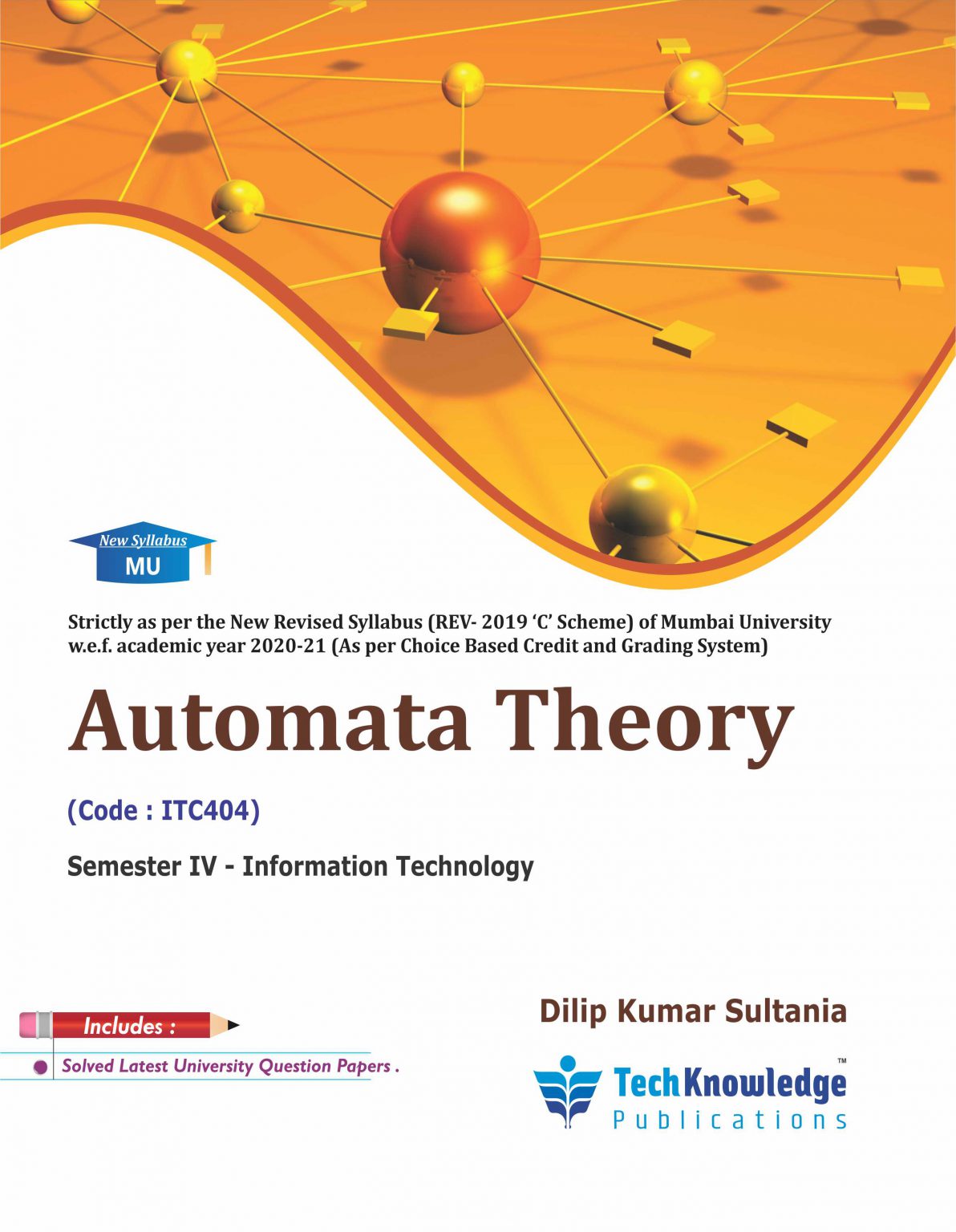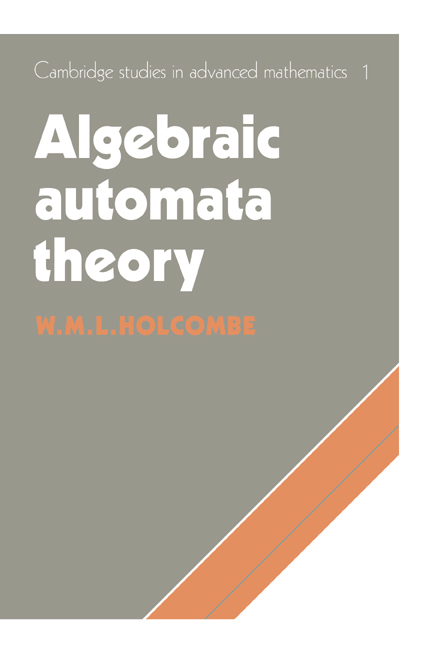


There are records of flying birds, an otter that caught fish, and figures engaged in numerous activities ranging from a monk begging to girls singing. In the Tang period, from the 7th to the 10th century ce, automatons continued to be popular in imperial circles. By the Sui dynasty, in the 6th and 7th centuries ce, automatons had become widespread, and a book titled Shuishi tujing (“Book of Hydraulic Elegancies”) was published. More complete information about other devices is found in the writings of Heron of Alexandria (flourished 1st century ce), who described devices actuated by water, falling weights, and steam.Īccounts of automatons in China date from as early as the 3rd century bce, during the Han dynasty, when a mechanical orchestra was made for the emperor. The bird was apparently suspended from the end of a pivoted bar, and the whole apparatus revolved by means of a jet of steam or compressed air. Among the earliest references is to a wooden model of a pigeon constructed by Archytas of Tarentum (flourished 400–350 bce), a Greek friend of Plato.

Automatons in the ancient worldįew examples of automatons made prior to the 16th century remain, but numerous documents record their onetime existence. At the other end of the scale are exquisitely finished pocket-sized objects such as trick pistols that were the specialty of the Rochat brothers, Ami-Napoléon and Louis, both of whom were among the finest 19th-century designers and craftsmen of automatons. They are mostly of fairly large size and intended for public display. The most complicated are the androids: figures in human form that can be made to walk about, play music, write, or draw. Through the ages, most automatons have been objects of fancy that are purely decorative in concept and function. Clocks and watches, which lend themselves to displays of motion, are the most common type of functional object with automatons. In such a mechanism the gears can assume only one of a finite number.Īutomatons can be classified into two groups: those that are ancillary to a functional article and those that in themselves are fanciful objects, solely for decoration and pleasure. Some offer only visual fascination, such as spinning roundels set with gems to make flashing patterns of colour and light.Īn example of a typical automaton is a pendulum clock. Not all automatons, however, are mimetic. Some purely capricious automatons consist of complete scenes in which caricature personages perform in a humorous manner. A mechanical device can be used to make a flower open its petals to imitate blooming or to make a figure walk. Imitations of such natural phenomena as the moving water of streams and waterfalls, for instance, can be simulated with twisted rods of glass. The majority of automatons are direct representations of creatures and plants or of kinetic aspects of natural phenomena. In general, automatons are designed to arouse interest through their visual appeal and then to inspire surprise and awe through the apparent magic of their seemingly spontaneous movement. The term automaton is also applied to a class of electromechanical devices-either theoretical or real-that transform information from one form into another on the basis of predetermined instructions or procedures ( see automata theory). SpaceNext50 Britannica presents SpaceNext50, From the race to the Moon to space stewardship, we explore a wide range of subjects that feed our curiosity about space!Īutomaton, plural automatons or automata, any of various mechanical objects that are relatively self-operating after they have been set in motion.Learn about the major environmental problems facing our planet and what can be done about them! Saving Earth Britannica Presents Earth’s To-Do List for the 21st Century.Britannica Beyond We’ve created a new place where questions are at the center of learning.100 Women Britannica celebrates the centennial of the Nineteenth Amendment, highlighting suffragists and history-making politicians.
#Automaton theory how to
COVID-19 Portal While this global health crisis continues to evolve, it can be useful to look to past pandemics to better understand how to respond today.Student Portal Britannica is the ultimate student resource for key school subjects like history, government, literature, and more.From tech to household and wellness products. Britannica Explains In these videos, Britannica explains a variety of topics and answers frequently asked questions.This Time in History In these videos, find out what happened this month (or any month!) in history.#WTFact Videos In #WTFact Britannica shares some of the most bizarre facts we can find.Demystified Videos In Demystified, Britannica has all the answers to your burning questions.



 0 kommentar(er)
0 kommentar(er)
